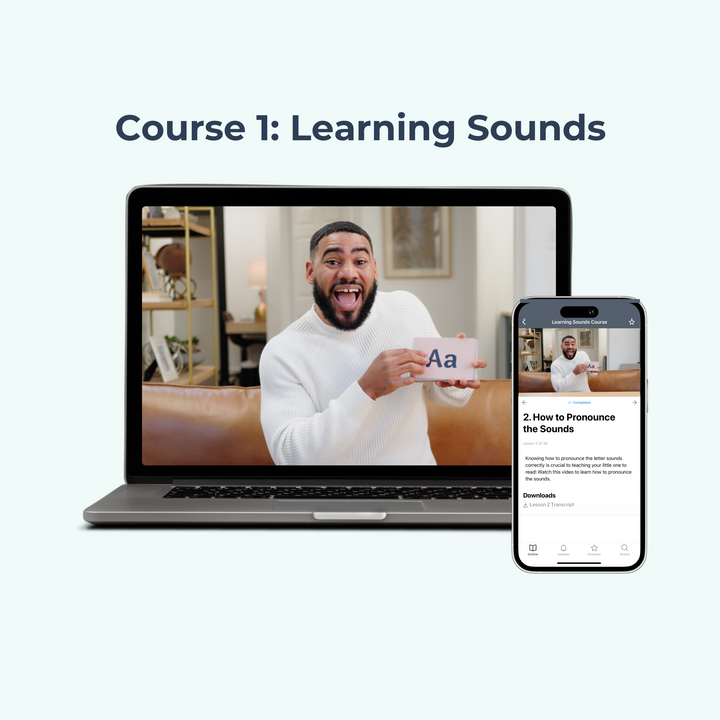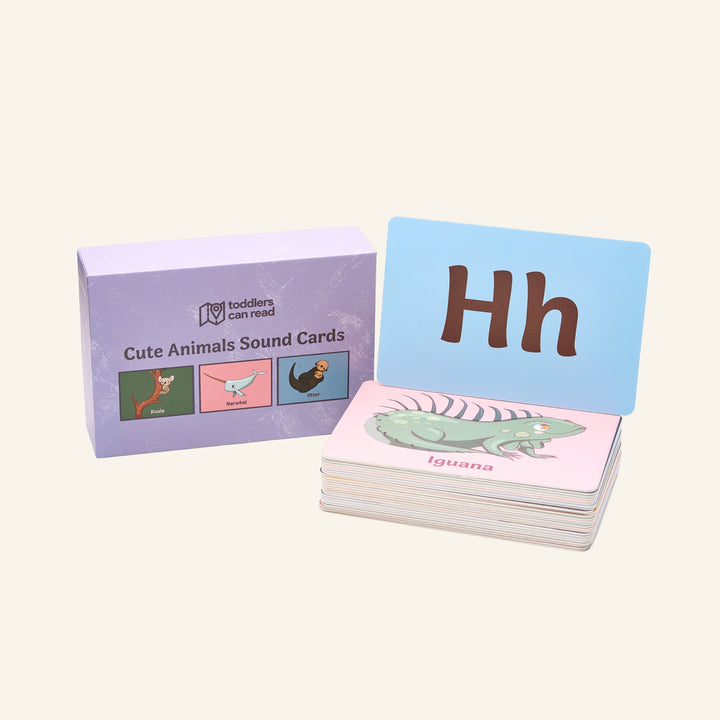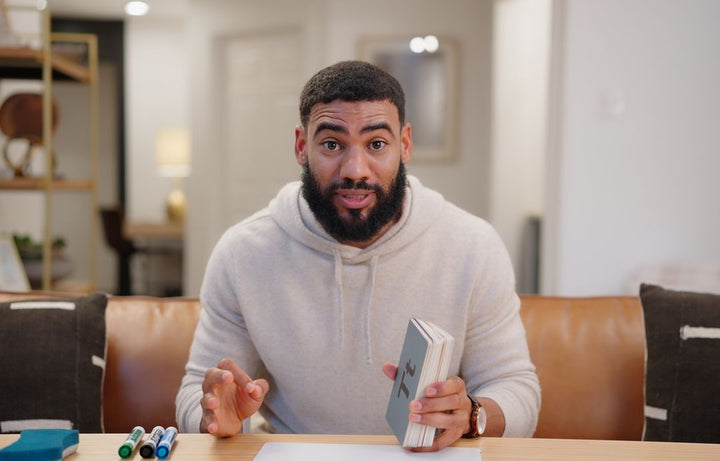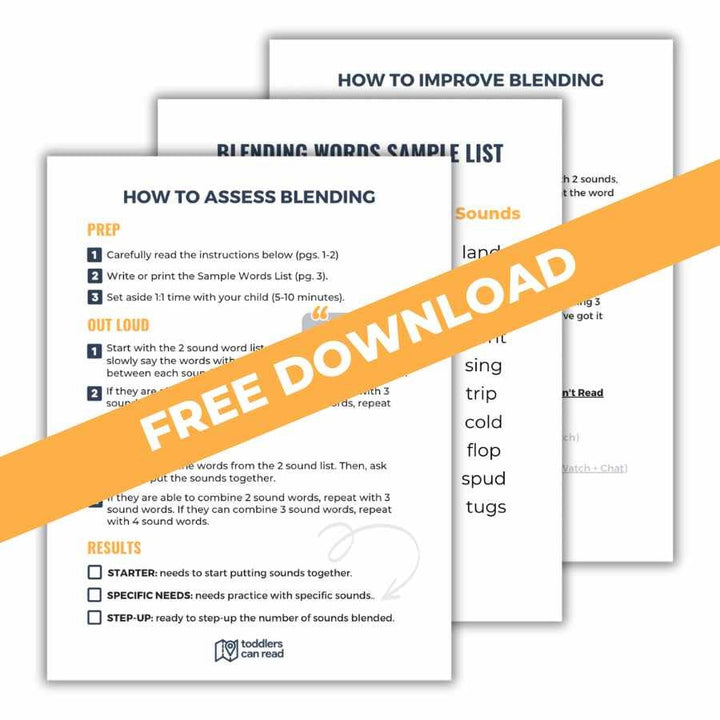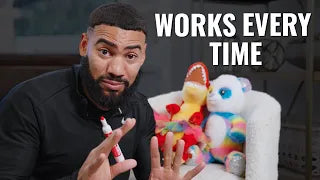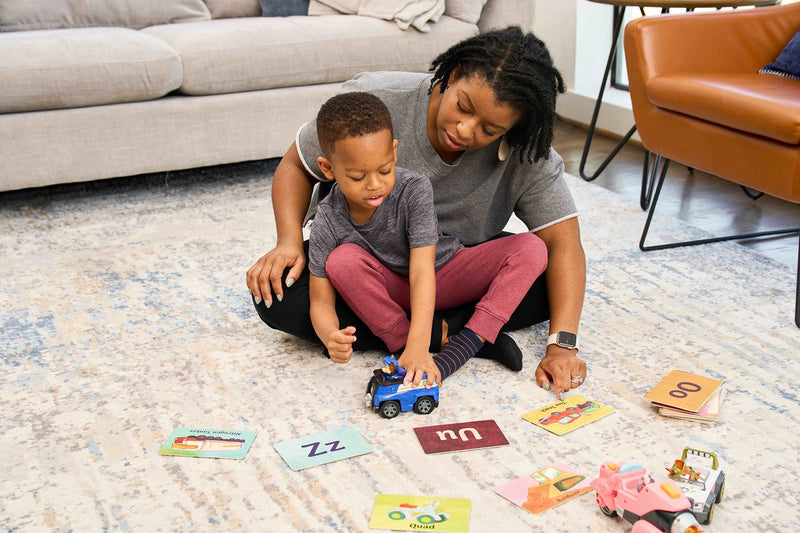One quick disclaimer before we get started: English is a tricky language with a lot of tricky rules. For the purposes of this blog post, I'm going to discuss what is generally true about vowels in an effort to keep it simple...
But, if you are interested in getting into the nitty-gritty of the English language and all the things that make it so complicated, I highly recommend Uncovering the Logic of English: A Common-Sense Approach to Reading, Spelling and Literacy by Denise Eide.
What Are Vowels?
The vowels are A, E, I, O, U (and sometimes: Y.)
Every word in the English language needs at least one vowel in it. Even the shortest words ("A" and "I") have a vowel in them.
What makes vowels different from consonants (all of the other letters) is that when you pronounce the vowel sounds, the sound is not blocked by the throat, tongue, or mouth.
Try saying each of the vowels out loud. Notice the shape and feel of your mouth as you pronounce each sound:
- /a/ as in: at
- /e/ as in: ed
- /i/ as in: it
- /o/ as in: ox
- /u/ as in: up
Now try this with a few consonant sounds (ex: /b/, /k/, /l/, /n/, /s/) and notice how each of the sounds is "blocked" in some way as we pronounce them.
What Are Short Vowels?
Each vowel can make two different sounds: a short vowel sound and a long vowel sound. True to their name, short vowel sounds take a shorter amount of time to say than long vowel sounds.
You can hear each short vowel sound by saying the second sound in the following words:
- /a/: CAT
- /e/: LED
- /i/: BIG
- /o/: HOP
- /u/: RUG
When our little ones are first learning their letter sounds, we usually teach the short vowel sounds first. This is because they are easier to read (they only have 1 spelling), and they are the most common vowel sounds in beginner reader books.
Here is an example of a beginner reader book practicing the short /a/ sound:

What Are Long Vowels?
The other sound each vowel makes is its long vowel sound. Folks often describe long vowel sounds as the ones that "say their name." Here are some examples of words with long vowel sounds:
- /ā/ as in: paper
- /ē/ as in: be
- /ī/ as in: item
- /ō/ as in: cold
- /ū/ as in: unit
Compare the sound of each vowel in the Short Vowel column to the Long Vowel column to hear the difference:

How to Teach Short Vowels
I recommend teaching the short vowel sounds first because they are both more common in early readers and because they are also easier to teach. You can read more about why short vowel sounds are easier to teach in my previous blog post here.
Teaching short vowel sounds is pretty simple:
- You show the sound. This can be done using sound flashcards, a dry-erase board and marker, or even a piece of paper- whatever works best for your little one.
- You say the sound. You might say something like: "This sound is /a/. What sound is this?"
- They say the sound. Have your little one repeat the sound back to you to make sure they understand what it says.
- They play with the sound. Play games and activities with the letter sound that keeps your child's focus on seeing and saying the sound as many times as possible. Here are some fun examples from families using my Learning Sounds Course:
@toddlerscanread There are a million other ways to learn the sounds. How do you practice with YOUR little one? #toddlersoftiktok #scienceofreading #homeschoolmom #sahm #girldad #boymom #montessoritoddler ♬ original sound - toddlerscanread
If you stay consistent and practice these steps with each vowel sound, you'll be amazed by how quickly your child is able to learn these sounds and begin to read!
How to Teach Long Vowels
Long vowels are trickier to teach than short vowels because they can be spelled in more than one way:

If this list seems like a lot, just know there are even more (less common) long vowel spellings not included- another example of why the English language can be so tricky to teach.
Since there is more than one way to spell each long vowel sound, you'll want to teach each spelling one at a time.
Teaching long vowel spellings is similar to how you teach short vowel spellings:
- You show the spelling on a sound card, dry-erase board, or piece of paper.
- You say the spelling and the sound it makes. You might say something like: "This long vowel says / ā/. One way to spell / ā/ is 'a_e.'"
- They repeat the spelling and the sound it makes.
- They practice reading words with the spelling: bake, lake, take, rake, fake, hate, pale, tale, etc.
- They practice reading books or fluency passages that include the spelling.
Teaching Vowels Doesn't Have to Be Complicated
Even though learning the vowel sounds is an important part of becoming a fluent reader, it doesn't have to be challenging. In addition to this blog post explaining what short vowels are, what long vowels are, and how to teach each of them: I have even more resources linked below to help you get started!
Resource 1: My Learning Sounds Course is a step-by-step guide on how to teach the 26 primary letter sounds, including which sounds to start with, how many sounds to teach at once, and what to do when your little one struggles with a specific sound.
Resource 2: If you have a more advanced reader who is struggling with long vowel sounds, my Reading Rules Course can help. It covers how to teach trickier sounds, how to choose books to help your little one practice those sounds, and which irregular "tricky" words to teach separately.
You Can Do This!
Remember: You don't need to know every technical term for every concept in order to be an amazing teacher for your little one; you just need to get started!
And I hope this helps you feel ready to get started with these vowel sounds!
